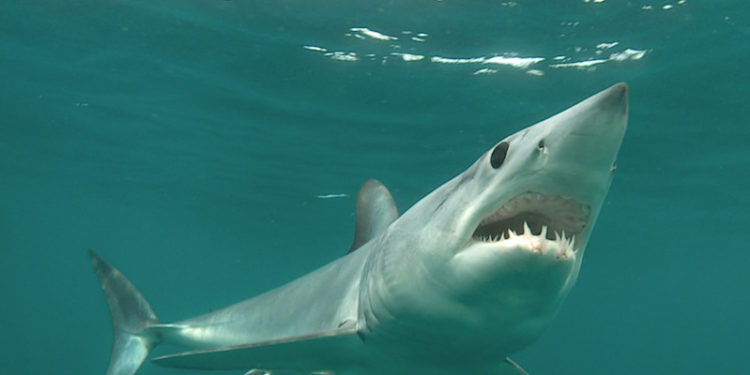While supporting the work of CITES to ensure that international trade does not threaten the survival of marine species, Europêche President Javier Garat has stated that species such as mako sharks are already sufficiently protected and regulated. He was commenting on the listing of mako sharks under CITES Appendix II, which lists species not necessarily threatened with extinction, but in which trade must be controlled in order to avoid utilisation incompatible with their survival.
During his speech at the commemoration of the World Wildlife Day 2019, which took place today at the Palais des Nations, in Geneva, Javier Garat stressed the need to strengthen current fisheries conservation tools, but also emphasised that new management measures cannot damage the systems already implemented. These systems are fundamentally the responsibility of the RMFOs that manage the different oceans (ICCAT, IOTC, IATTC, WCPFC, NAFO or NEAFC), as well as of the governments, which ensure legal and regulated fishing activities.
‘We must be careful not to undermine established and on- going mechanisms for management, mainly through RFMO and governments, while we progress new ideas for conservation of ocean wildlife,’ he said, commenting that Europêche considers that CITES is, under certain conditions, a valuable instrument that can complement the management of existing fisheries tools.
However, he believes that the inclusion of certain marine species, such as mako shark, in Appendix II of this Convention, is unnecessary, since the international trade in this species is well regulated and there are no illegal practices that put it at risk.
According to the stock assessments from the North Pacific and North Atlantic, the population numbers of shortfin mako sharks in these regions are in the millions. In the latter, the population is still above 50% of historic levels, well above the numbers that would meet the criteria for listing. Furthermore, in the Atlantic Ocean, ICCAT recommended that member nations release any shortfin mako sharks that are alive when caught, which is expected to reduce mortality and help rebuild the stock thanks to the high survivability rate of 70%.
In this context, Javier Garat pointed out that the Food and Agriculture Organization of the United Nations (FAO) Panel of Experts has clearly concluded that the best available scientific data does not provide evidence that the mako shark species meets the CITES Appendix II listing criteria.
‘The European fisheries sector considers that the work of the Convention should focus on threatened species in certain geographical areas and vulnerable protected populations; not in those that are already regulated and managed,’ he said, stressing the need for CITES to jointly work with FAO, which provides fundamental scientific advice that should be taken into account for sound decision-making. In this sense, he regrets that the parties involved in CITES decision-making are usually the ministries of environment that are often distant from on-the-ground realities faced by fisheries authorities.
Javier Garat has also highlighted the differences between marine and terrestrial fauna. He recalled that even though the fishing activity is carried out in a space 600 times larger than the terrestrial biosphere; while 100 species disappear every year on shore, none have disappeared in the oceans due to fishing activity for the last 100 years.









